Use of AI in Marketing
What is Generative AI?
Generative AI is a type of artificial intelligence that can produce various content such as text, video, audio, and visuals using human input. Generative AI utilizes language learning models, uses these models, learns various patterns and thoughts, and creates something new from commands given in a creative, productive, and fast way.
In language learning models, the process works as follows: The models are given a text and predict the sequence of text/words that will follow. Language models use much of the information available on the Internet to build a foundation in various languages and topics. After absorbing a lot of content, the models eventually learn how people speak, write, or produce. It improves each learned piece of information with the given contexts to deliver better outputs.
There are two basic language models used in Generative AI. These are natural language processing (NLP) and artificial neural networks (ANN). While NLP uses specific rules to learn from existing text, ANN uses data to build new relationships between existing elements.
Generative AI can be accessed through various tools or language models. Typically, tools use more than one AI model to choose the right model for different circumstances. In this way, they create something for the user's needs. It is predicted that many new models will emerge in the coming periods.
What is AI Marketing?
AI Marketing is when marketers use artificial intelligence to produce better content to provide insights about target audiences and customers. AI marketing includes various marketing assets such as chatbots, advertising, and content production. This way, you can optimize your marketing processes.
While your data collection process is faster thanks to artificial intelligence, you can learn the behavior of your customers and target audience, and you can easily create your marketing plan by analyzing this data.
As artificial intelligence has made a name for itself recently, the rate of companies using artificial intelligence as a marketing tool is increasing. Let's examine a few areas where artificial intelligence is used in marketing.
Where Do Marketers Use Artificial Intelligence?
Content Generation
The number of tools that generate content from scratch is increasing. In addition, you can create captions and titles for your social media posts through artificial intelligence, and you can produce the subject headings and content of your e-mails with artificial intelligence. However, the content produced with AI must be checked, because although artificial intelligence gives good results in this regard, it cannot be said that the content created is ready to be published immediately. The biggest reason why artificial intelligence is used in marketing, especially for content production, is to create content faster and not waste time.
Let's take a look at the copy.ai tool where you can produce content with artificial intelligence:
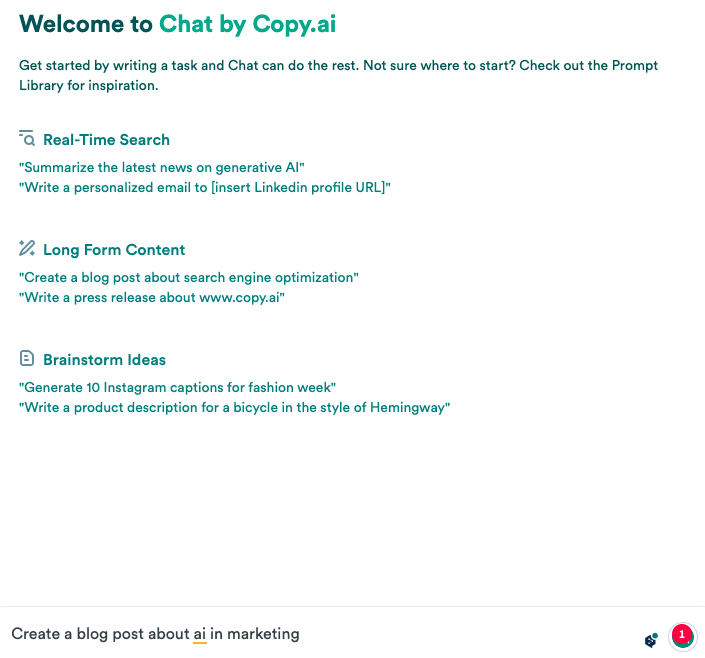
When you enter a prompt for the type of content you want, your content is produced within seconds:
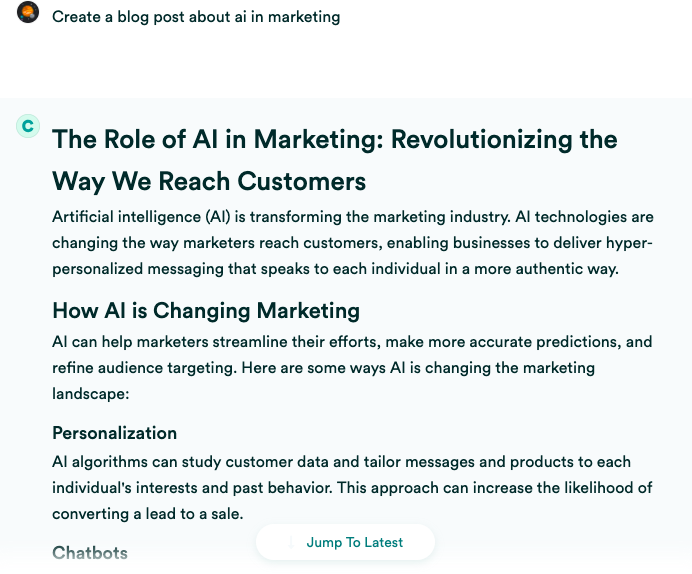
You can review the tool that you can use in many areas such as creating blog posts, headlines, and social media text, and you can facilitate your content creation process.
If you are curious about the various tools you can use to create content with AI, you can take a look at this article. Several tools can be used to determine whether a piece of content was created by AI or a human. You can also check out our article on this topic and discover the tools that can help you identify who created a piece of content.
Chatbot
Chatbots are tools through which users receive information and perform actions through messaging. Chatbots, which have been in use for years, are created with the natural language processing (NLP) model. Thanks to these robots, customers and users who visit the website can get answers to their questions. Chatbots can answer repeated questions and help solve users' problems.
In a research conducted by Drift, respondents were asked what they would most like to use a chatbot for. Their answers included solving a problem, getting a detailed explanation, and quickly reaching a live agent.
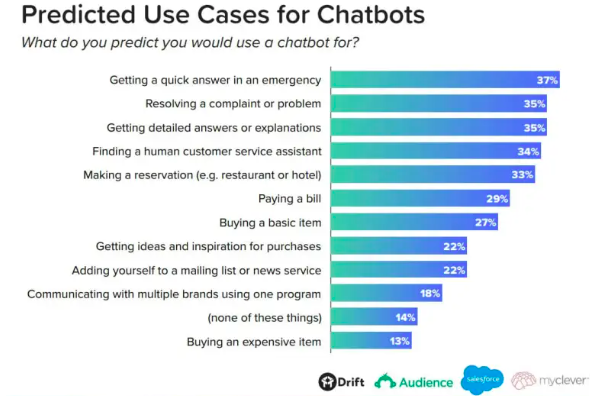
Today, chatbots are frequently used in banking, e-commerce, healthcare, and call centers.
If we take a look at Drift, the chatbot is trained to answer questions outside of a pre-programmed path. In this way, the user can get an answer to a question that is not loaded into the system. You can try Drift's chatbot and improve your customer experience by developing your artificial intelligence model with GPT.
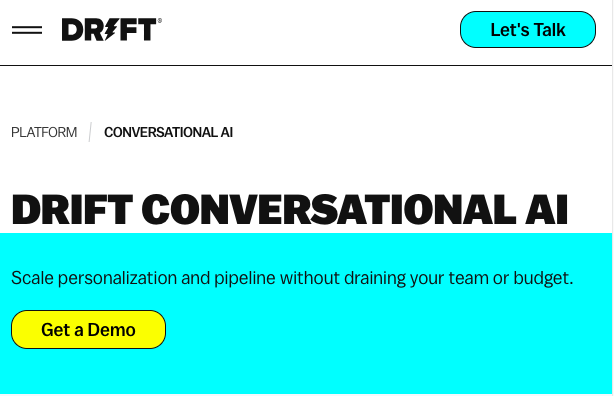
Email Marketing
Using AI in email marketing can help you enrich your email content and analyze your email list. Using AI in email marketing allows you to create useful campaigns in less time. The tools you can use in this regard allow you to create the content you want to write in the right tone with the help of AI.
Let's take a look at a few ways you can use AI in your email marketing strategy:
- Determining subject lines with AI and increasing click-through rate
- Preparing personalized email texts
- Predicting future transformations by analyzing the past
- New customer acquisition
- A/B testing
All these uses help processes such as engagement, conversion, sales, and revenue growth. You can review the SalesHandy tool to make your email marketing strategy AI-powered. SalesHandy is a tool designed for cold emailing. With the tool, you can create email campaigns, prepare emails for potential customers, create subject lines, and test different email variations.
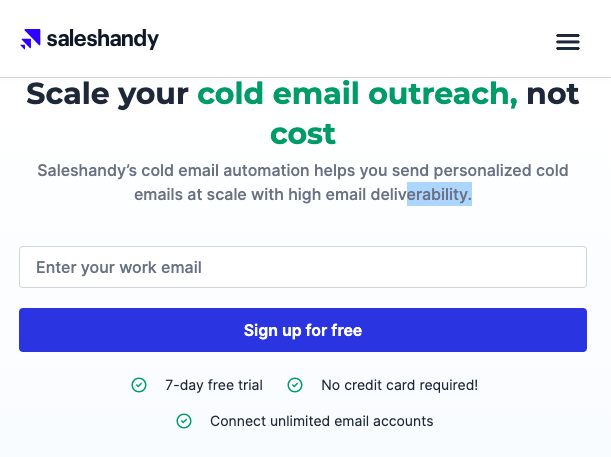
SEO
One of the biggest contributions of AI to SEO is optimizing content for search engines. AI algorithms can analyze the website, select keywords that can help improve rankings and allow you to track your competitors' activities.
By using AI-supported tools for effective keyword selection, you can see the strengths and weaknesses of your website and make your keyword selection accurately with tools that measure the competition of the word. For original content production, you can create meta titles and descriptions, blog content, and many other content with AI-supported content generation tools. However, it will give a better result to make edits to the text by examining the text rather than creating the entire text with artificial intelligence.
By adapting your SEO strategy to artificial intelligence, you can optimize your workflows and get more successful results. By reviewing this article on the use of artificial intelligence in SEO, you can learn how to use artificial intelligence in your SEO strategies.
You can try Wope, our tool for SEO keyword analysis, website performance analysis, and tracking various indicators, and make your content marketing and SEO efforts more successful!
About Prompts
Prompts are inputs given by humans and used to guide the AI. The development of prompts also affects the quality of the content that the AI will produce. At this stage, we will try a few sample prompts in the Writesonic tool and examine the outputs.
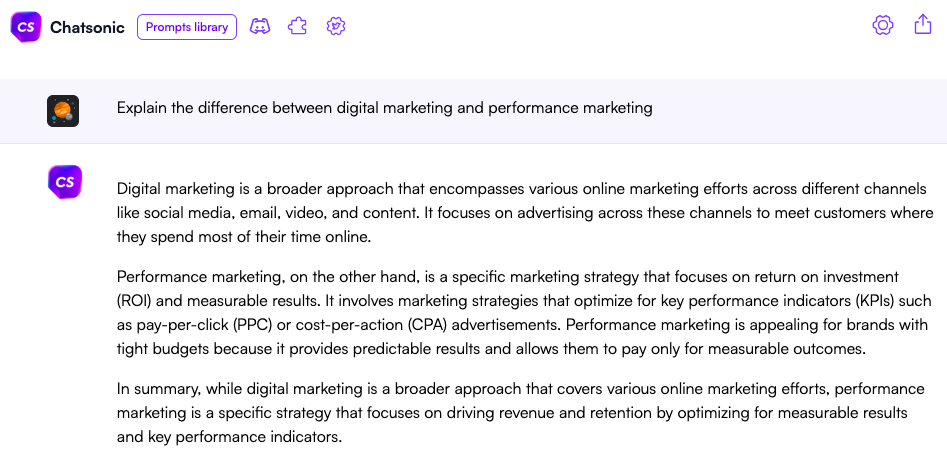
In the prompt where we asked to explain the difference between digital marketing and performance marketing, we see that the answer is very detailed and explanatory.
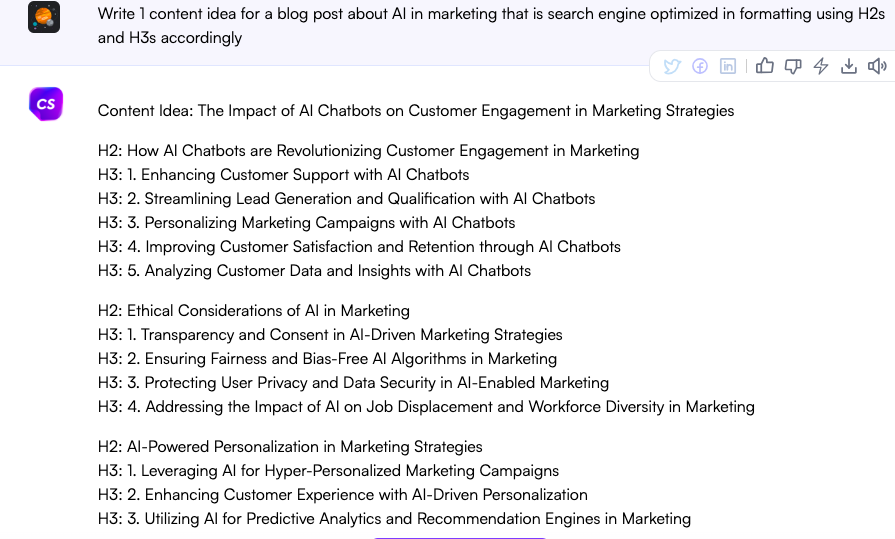
The more detailed the prompts are, the higher the quality of the output. For this reason, you can see the results above when we entered a more detailed prompt "Write a content idea for a search engine-optimized blog post about artificial intelligence in marketing, using H2 and H3 appropriately". It can be seen that the result is suitable to be used for your blog post.
With prompts, you can create not only text but also images. Let's examine a few examples together with the Freepik AI Image Generator tool:
Here we aim to see the change in results by trying two different prompts.

Prompt: an impressionist painting of a woman sitting at a table and drinking coffee, rich, bright, spirited

Prompt: an impressionist painting of a woman sitting at a table and drinking coffee, peaceful, calm
Replacing keywords from "bright, rich, exuberant" to "peaceful, calm" makes all the difference. By refining your request further, you can get very different results with the new descriptors you add.
So far we've covered the basics of how AI works, and now we'll look at its limitations.
Limitations of Artificial Intelligence
Limited Understanding
Models trained on a large data set can learn patterns in human language and make predictions based on this data. But they cannot understand nuances such as irony, metaphor and sarcasm., It is also difficult for AI to understand idioms and cultural codes. However, models trained or to be trained in this direction will grasp the language over time.
Lack of Common Sense
Artificial intelligence is not yet able to apply common sense reasoning to situations. This is because they can only make predictions based on the data they are trained on. At this point, artificial intelligence faced with new situations tends to give erroneous results. For example, an AI trained in object recognition may not be able to identify an object that it has not seen before, which requires human input again.
Bias
Artificial intelligence systems can maintain biases based on the data they are trained on. These biases can be introduced into the data in various ways, such as sampling bias, social and historical factors. For example, an AI trained on a dataset of mostly female job applications is likely to provide less accurate predictions for men.
We mentioned the main limitations of AI above. AI systems are only as good as the data they are trained on. For this reason, errors occur in the content created. This is where the important role of human production comes into play.
Advantages and Disadvantages of AI Marketing
Advantages
- Increases profitability (ROI)
- Improves customer relationships and experience
- Enables you to create more efficient strategic marketing plans
Disadvantages
- Inconsistency in content quality
- Privacy concerns
- Non-measurable KPIs
Advantages
Increasing Profitability (ROI)
One of the goals of using AI in marketing is to increase return on investment (ROI) and create easy-to-follow campaigns. The insights provided by AI can help you improve your marketing planning. Thus, using AI in your workflows saves your team time and allows you to earn profits.
Customer Relationship and Experience
Another advantage of using AI in marketing is that it helps your customer experience and relationship. The personalized recommendations provided by AI increase the likelihood of repeat purchases. AI can also identify customers who are likely to abandon their buying behavior and help you create campaigns that will re-engage them.
Efficient Strategic Marketing Plans
The use of AI in marketing is becoming increasingly popular. As both your company and your team grow, scaling can be a challenge. By using AI to analyze and predict your marketing assets, you can make scaling easier for both your company and your team.
Disadvantages
Content Quality
Having AI create a piece of content from start to finish can lead to a decrease in content quality. For this reason, you need to edit the content you will have AI create. The success of AI in producing content depends on the data set it is fed. Human oversight is important to ensure that the content produced is in line with your brand tone and that there are no mistakes.
Privacy
AI may need to examine your customer's cookies and internet behavior to predict purchases and so on. In this case, if you are using AI software, you can protect your customer's privacy by complying with privacy laws such as GDPR.
Unmeasurable KPIs
While some metrics are easy to track when you integrate AI into your business, metrics such as improving customer experience and increasing brand awareness can be more difficult to track. In this case, it is important to have the right measurement tools.
After examining the advantages and disadvantages of AI, let's take a look at examples of brands using AI in their marketing strategy.
AI Marketing Examples
Amazon
Amazon was one of the first companies to use AI to improve personalization in shopping recommendations and enhance the customer experience. AI algorithms are used to make recommendations for other products that customers have purchased based on past purchases and customers' search behavior.
In this context, Amazon launched Alexa devices, an artificial intelligence assistant, in 2014. These devices allow customers to find products and complete purchases by voice. It also provides reminders about purchases.
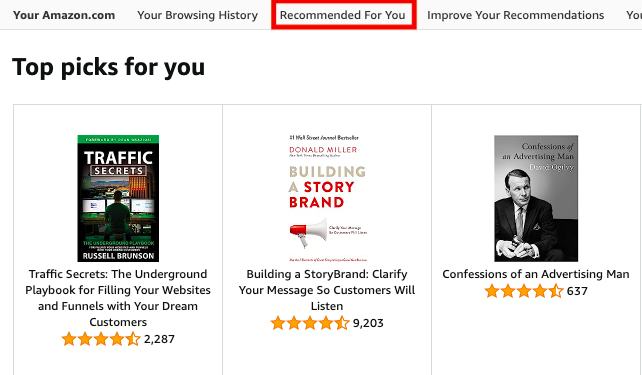
As you can see in the image above, in the "Recommended For You" tab, you can see that suggestions for your past search data are compiled.
AI used in this way allows to increase conversions and improve customer satisfaction.
Coca-Cola
Coca-Cola is using tools like ChatGPT and DALL.E to improve its marketing and operations with a new partnership between Brain & Company and OpenAI. Using AI for personalized ads and buying experiences, Coca-Cola introduced a vending loyalty program to its customers in Japan using a smartphone. Customers who download the "Coke On" app earn points every time they visit a vending machine by connecting their phone to the machine. Customers can redeem these points for future purchases.
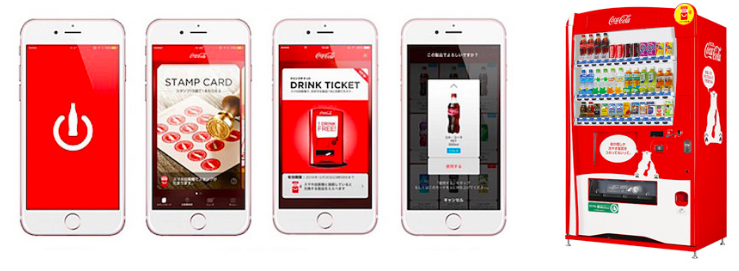
(image source: adweek.com)
Artificial intelligence is being used in different purchasing strategies in Australia, the US, and New Zealand. Customers can pre-order two drinks through the app and then pick them up from the machine.
Netflix
Netflix uses artificial intelligence to recommend personalized content based on viewers' preferences and content they have watched and liked in the past. The algorithm has the potential to increase sales through personalized content recommendations.
Netflix explains how it uses the recommendation system on its tech blog. For example, if you have watched many movies of an actress, it recommends other movies in which she plays different roles. Another example is that if you watch more comedy movies, it tends to recommend movies in that genre.
Let's analyze how Netflix recommends "Good Will Hunting" to a viewer who prefers romantic movies and a viewer who prefers comedy movies:

(Source: Netflix Tech Blog)
It can be said that the reason Netflix uses artificial intelligence in this direction is to improve customer experience and increase conversion rates.
Spotify
Spotify uses artificial intelligence in a similar approach to Netflix. It offers recommendations based on a listener's music taste, podcast preferences, and purchase history. As a result, customized playlists and recommendations are created for each user.
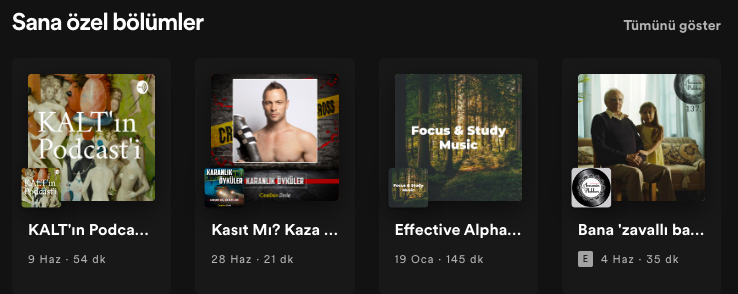
Content personalization makes big media companies like Spotify preferable. Spotify also uses artificial intelligence to send personalized emails, aiming to deliver tailored messages to the user and drive conversions.
Sephora
The world-famous cosmetics brand Sephora sets an example for the use of artificial intelligence in the cosmetics industry. It offers its customers an efficient shopping experience with the artificial intelligence it uses. The artificial intelligence tools used are as follows:
Chatbots: A chatbot that facilitates obtaining information about products and services
Sephora Visual Artist: Provides a virtual makeover for customers and allows them to share it with others. It helps them find the right shades of cosmetics for them without going to the store.
Color IQ: Analyzes skin surfaces, assigns a Colour IQ number, and provides appropriate foundation matching.
Fragrance IQ: Provides a dry scent to smell perfume fragrances without trying them on, for which Sephora has partnered with Inhalio.
With its services, Sephora is paving the way for the use of artificial intelligence in the cosmetics industry. To see how Sephora's Visual Artist tool works, check out this content.
Final Word
The big brands we have reviewed have integrated artificial intelligence into their business for many years and have achieved successful results. The right way to integrate AI into your company and your team will help you achieve successful results.
In this article on the use of artificial intelligence in marketing, we have compiled and shared with you a lot of information about how you can integrate artificial intelligence into your business and your team, and the opportunities and limitations of artificial intelligence. Stay tuned to our blog for innovations in artificial intelligence. We hope it has been useful content for you!
This content was created by Nursena Küçüksoy, Marketing Specialist at Zeo.


















